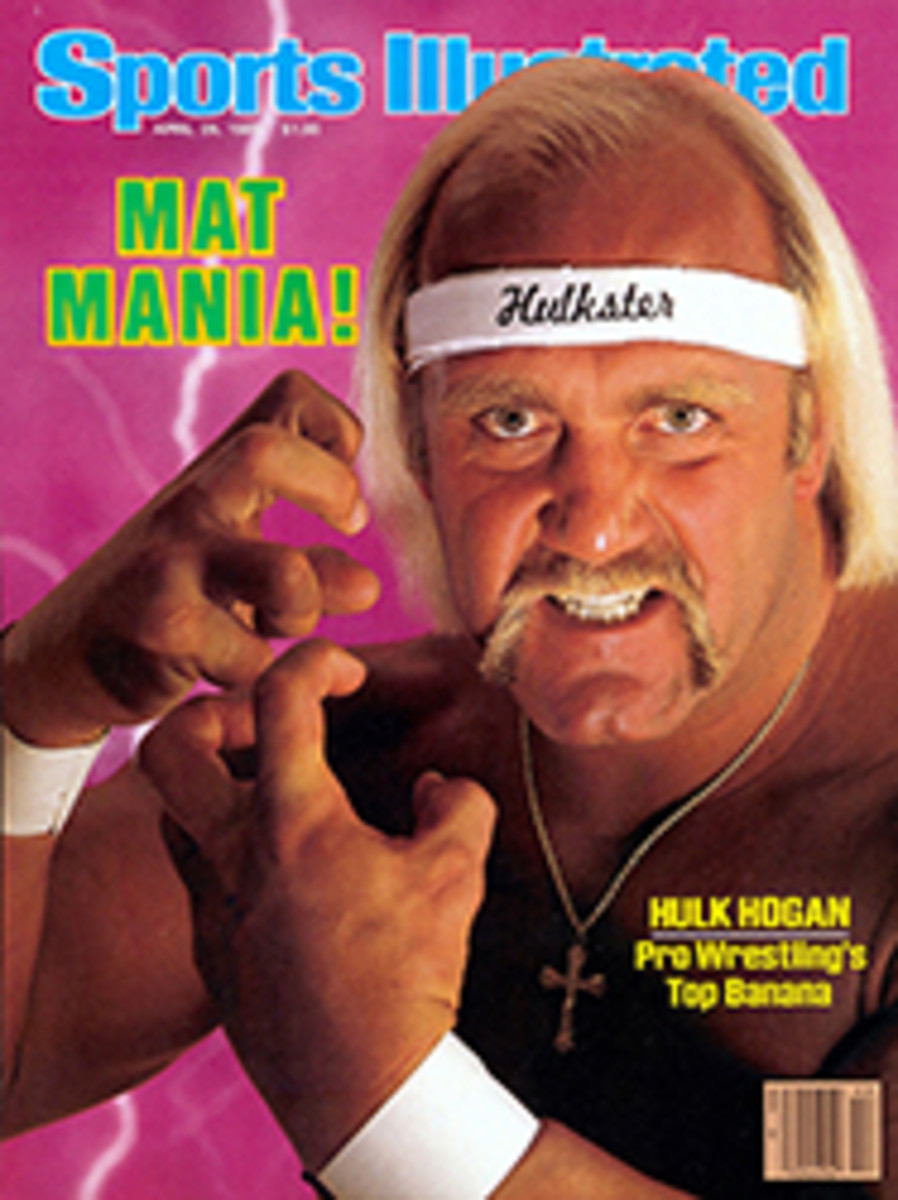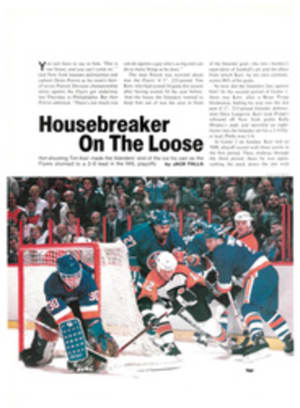
GAUDY OR NOT, CHAMPIONSHIP RINGS ARE THE CHERISHED SPOILS OF VICTORY
They tell the story in St. Louis that Grover Cleveland Alexander used to hock his 1926 World Series ring so routinely that Rachael Breadon, wife of the Cardinals' owner, sent word to all the local pawn shops that she would guarantee redemption of Alexander's ring whenever he laid it down.
Most of today's highly paid athletes are more attached than that to their championship rings. As Redskin place-kicker Mark Moseley put it in 1983, when he received his for Super Bowl XVII, "This ring may end up in the gutter, but if it does, I'll be wearing it."
The first championship-team memento of any kind for players was probably the diamond-studded watch fob given to each member of the 1906 World Series-winning White Sox. That, in turn, led to championship watches, pendants and, in 1922, the first World Series rings, handed out to the New York Giants. Since 1932 every Series winner has received a ring—a custom that became a rule, legend has it, when an owner in the '40s threatened to stiff his team. The rule provides that each champion player and coach be given "an appropriate memento, to cost $300.00, including tax" at league expense. The $300 figure is quite an anachronism: The 1948 Cleveland Indian ring may have cost only $200, but when Bob Feller, who was on that team, lost his three years ago, it cost $3,000 to have a replica made.
Other leagues have different policies. The NFL partially underwrites the cost of rings, reimbursing owners about $2,400 for each one, while the NHL leaves the matter entirely up to its owners. The NBA standardized its title ring from 1969 through 1983. Today the winning team selects its own design, with the league paying the tab.
The championship ringmaking business is dominated by two companies—L.G. Balfour of Attleboro, Mass. and Jostens of Minneapolis. Balfour's credits include the rings for four Super Bowls, nine of the last 10 World Series, three of the Islanders' Stanley Cups and all of the NBA winners since the standardized design was selected. Jostens, the Avis of the industry, has produced, among others, 12 Super Bowl rings.
When bargaining for a contract, a sales representative and a designer meet with the club owner and show pictures of past rings along with sketches for the project at hand. The owner picks out what he likes and makes suggestions of his own. The sales rep compliments the owner on his taste and flair, and the designer sketches until together they come up with a suitably gaudy item.
Jostens' wildest creation, according to chief designer Ken Westerlund, was the one featuring the Black Muslim seal that Muhammad Ali ordered for his entourage following his victory over Joe Frazier in the Thrilla in Manila in 1975. That spectacular effort outgaudified the three large and 22 small diamonds in the Pittsburgh Steelers' third Super Bowl ring, in 1979, as well as the impressive array of diamonds after the Steelers' victory No. 4, in '80. So laden with precious gems were those rings that the IRS ruled the players liable for their assessed value—$5,000 each in the case of the '80 rings when gold was exceptionally costly. Until then it had been unclear whether rings should be considered to be compensation and thus taxable or whether they were gifts and not subject to tax. To be safe, most clubs now pay the tax bills.
Rings provide a way for owners to show how much—or how little—they care. After his Oakland A's won the World Series in 1972, Charlie Finley bought a $3,800 ring topped with a full-carat diamond, promising he'd "make this look like a dime-store ring" if the team repeated as champs. The A's did repeat, twice, but each subsequent ring was topped with a modest piece of green glass. The inscription read: s + s = s, a Finleyism standing for "sweat plus sacrifice equals success." The players didn't think Finley had sacrificed enough in choosing those rings, and many never forgave him for it. Finley's side of the story? He said he received only three thank-you notes for the 1972 rings and couldn't see rewarding such ingratitude.
After the wild-card, underdog Oakland Raiders won the Super Bowl in 1981, managing general partner Al Davis said he wanted to give his players a ring that was "the best of the best." Norm Shorrock, the head designer at Balfour, took a shot at drawing what Davis had in mind. "He started out with 22 diamonds," says Shorrock, "one for each starter. Then he kept coming up with reasons why he wanted more." As it turned out, Davis finally gave the job of making the ring to Lenox Awards of St. Charles, Ill. "The best way to describe that ring," says former Lenox vice-president Bob Lickfelt, "is massive elegance." It cost about $4,000, but it was nevertheless outshone by Davis's 1984 creation, with its 23 diamonds arranged to resemble three footballs representing the Raiders' three Super Bowl championships.
The man with the most rings is Yogi Berra, who has collected 15 as a player and a coach. The non-Steeler NFL player with the most Super Bowl rings is Marv Fleming, who won two with Green Bay and two with Miami.
The biggest ring was probably the Packers' for Super Bowl II in 1968. It had a single-carat diamond on the top, two half-carat diamonds on the sides, weighed 30 pennyweight (the 49ers' most recent was 32) and cost $1,900. It would run about 10 times that today. The biggest ring size on record is the 20—almost four inches around—belonging to San Francisco defensive end Lawrence Pillers. The second biggest was the size 19½ made for Bronko Nagurski to commemorate his election to the Pro Football Hall of Fame in 1963.
In a 1983 interview with Nagurski, who is now 76 and has been painfully arthritic for many years, the subject of his ring came up. "I can't get it on anymore," said Nagurski, digging into a front pants pocket, "but I still carry it around with me."

